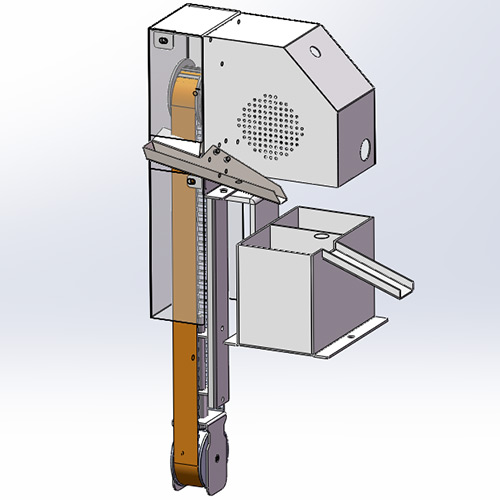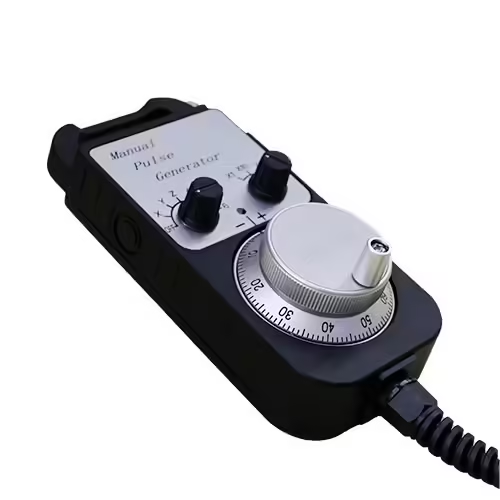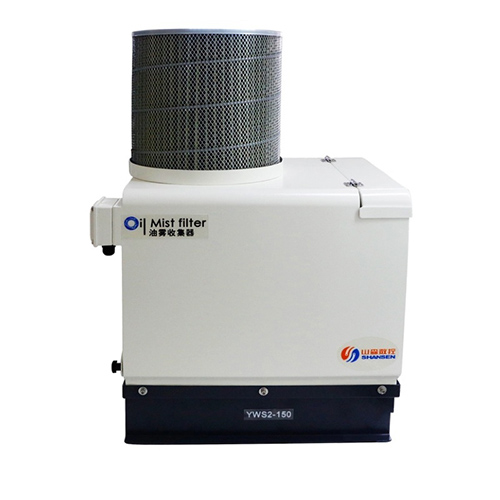-
WhatsAPP: +86 18706448138
-
Tengzhou, Shandong, China

Handheld Pulse Generator: Features and Benefits
This blog will explore the key features and use cases of a handheld pulse generator, helping professionals across industries understand its value.
Table of Contents
Introduction

In modern industrial, scientific, and automation applications, precision control and signal generation are crucial. Among the tools used to accomplish this is the handheld pulse generator—a compact, portable device that delivers controlled electrical pulses for a wide array of testing, calibration, and development tasks. This blog will explore the key features, benefits, and use cases of a handheld pulse generator, helping professionals across industries understand its value and functionality.
What is a Handheld Pulse Generator?
A handheld pulse generator is an electronic instrument designed to produce precisely timed electrical pulses. These pulses are used to simulate digital signals for testing circuits, control inputs, or systems without needing a full-scale control board or processor. Unlike benchtop signal generators, handheld pulse generators are built for portability, making them ideal for fieldwork, lab environments, and production floors where space and mobility are limited.
These devices typically allow users to adjust parameters such as frequency, duty cycle, pulse width, and voltage levels, offering full control over the signal output. Their compact design makes them versatile tools for engineers, technicians, and educators alike.
Key Features of a Handheld Pulse Generator

Portability and Compact Design
One of the most prominent features of a handheld pulse generator is its portability. Unlike traditional lab-bound signal generators, these tools are designed for on-the-go applications. They often weigh less than a kilogram and can be operated with one hand, making them convenient for service technicians and field engineers.
Adjustable Frequency and Pulse Width
Most handheld pulse generators offer adjustable frequency ranges from a few Hz to several MHz. This flexibility allows the user to simulate different kinds of signals based on application needs. The ability to adjust pulse width and duty cycle further enhances customization, enabling users to mimic a variety of digital signal behaviors.
Wide Voltage Output Range
A good handheld pulse generator provides a broad range of output voltages, from as low as 0.1V up to 10V or more. This makes them compatible with various devices, sensors, and components that require specific voltage levels to operate correctly or to be tested accurately.
Multiple Output Channels
Some advanced models come with dual or multiple output channels, allowing users to send different pulse sequences to different systems simultaneously. This feature is particularly valuable in complex testing scenarios where multiple inputs need to be triggered at the same time.
Built-in Display and User Interface
Handheld pulse generators often include an intuitive user interface with an LCD or OLED screen. The display provides real-time feedback on the current settings, pulse characteristics, and battery levels, ensuring accuracy and user confidence.
Battery Operation for Field Use
Designed for mobility, these devices typically feature rechargeable lithium-ion batteries that can last several hours on a single charge. This feature ensures uninterrupted testing or calibration work in remote locations without needing a constant power supply.
Advantages of Using a Handheld Pulse Generator
Ease of Use
Handheld pulse generators are designed for user-friendly operation. With simple button controls, rotary knobs, or touchscreen interfaces, users can quickly adjust settings and generate the desired pulse signals without a steep learning curve.
Ideal for Field Testing
Due to their portability and battery-powered nature, these generators are perfect for on-site diagnostics, maintenance, and commissioning. Field engineers can use them to simulate input signals for PLCs, microcontrollers, or other control systems without carrying bulky lab equipment.
Time and Cost Efficiency
Using a handheld pulse generator can save time and money by reducing the need for large, expensive lab setups. They allow quick signal testing and calibration, enabling faster problem-solving and system development.
Versatile Applications
From testing relays and switches to simulating encoder signals and triggering oscilloscope inputs, the applications of handheld pulse generators are vast. They’re commonly used in sectors like automotive, robotics, communications, and education.
Increased Precision
Advanced handheld models offer high timing resolution and signal stability. This allows users to conduct detailed and accurate measurements, which is vital in critical development or troubleshooting tasks.
Typical Applications of a Handheld Pulse Generator
Industrial Automation
In factory automation, pulse generators are often used to simulate encoder signals for testing motion control systems. Engineers can use them to verify the behavior of drives and actuators without connecting actual machinery.
Automotive Diagnostics
In automotive applications, a handheld pulse generator helps simulate crankshaft or camshaft signals, allowing mechanics to test engine control units (ECUs) and ignition systems without running the engine.
Education and Research
In academic settings, these tools are used to demonstrate signal behavior, digital logic, and microcontroller input simulation. They provide an affordable and portable solution for hands-on learning.
Embedded System Development
Developers working on embedded systems use pulse generators to test how their code responds to various timing signals. This is especially helpful when developing interrupt-driven software.
Communication Systems
In RF and communication circuit testing, pulse generators are used to provide timed pulses for synchronization, triggering, or data simulation purposes.
Comparison Table: Features of a Typical Handheld Pulse Generator
| Feature | Description |
|---|---|
| Frequency Range | Adjustable from 1 Hz to 10 MHz |
| Pulse Width | Customizable from microseconds to seconds |
| Output Voltage | Ranges from 0.1V to 10V |
| Channels | Single or dual output channels |
| Power Source | Rechargeable lithium-ion battery |
| User Interface | LCD screen with tactile or rotary controls |
| Applications | Automotive, Industrial, Education, Embedded Systems |
| Portability | Lightweight, fits in one hand |
| Signal Types | TTL, square wave, PWM |
| Durability | Shock-resistant and enclosed in rugged casing |
How to Choose the Right Handheld Pulse Generator
Define Your Application Needs
Understanding the specific application is the first step. If you’re working in automotive diagnostics, you may need a pulse generator with variable RPM simulation. For embedded systems, accurate timing and microsecond resolution could be more important.
Check Compatibility
Ensure the generator’s output voltage and signal type match the requirements of the devices you plan to test. Look for adjustable levels to cover a wide range of testing scenarios.
Battery Life and Portability
Choose a device with long battery life if you need to use it in the field. Some models offer up to 10 hours of operation, which is ideal for a full day’s work without recharging.
Ease of Use and Interface
Look for user-friendly designs with clear displays and simple controls. If possible, opt for models with memory storage, so you can save and recall frequently used settings.
Accuracy and Stability
High-quality signal stability and timing accuracy are crucial, especially in sensitive or critical testing environments. Always check the specifications for jitter and timing resolution.
Common Mistakes to Avoid When Using a Handheld Pulse Generator

Ignoring Voltage Limits
Applying incorrect voltage levels can damage your test circuit. Always double-check the output settings before connecting the pulse generator.
Overlooking Signal Shape Requirements
Some devices are sensitive to pulse shape (rise time, fall time, etc.). Ensure the output waveform meets the required criteria.
Forgetting to Calibrate
While handheld pulse generators are reliable, it’s still good practice to calibrate them periodically or verify the output with an oscilloscope.
Using Indoors Only
Despite being portable, some users limit their usage to labs. Take full advantage of the mobility by utilizing these tools in the field when appropriate.
Conclusion
A handheld pulse generator is a powerful and versatile tool that brings flexibility, precision, and convenience to any technical environment. Whether you’re an engineer in the field, a student learning about digital signals, or a technician troubleshooting a control system, this device offers a practical and cost-effective solution.
If you’re ready to streamline your workflow and improve your testing capabilities, don’t wait—contact us today to learn more about the best handheld pulse generator for your needs. It’s time to make your toolkit smarter and more efficient.
FAQ
Can I use it for both analog and digital circuits?
Most handheld pulse generators are intended for digital signals. For analog applications, a function generator would be more appropriate.
What is the main use of a handheld pulse generator?
It is primarily used for generating digital pulses to simulate signals in testing, diagnostics, and development of electronic circuits or systems.
Is it safe to use in automotive applications?
Yes, many handheld pulse generators are designed to simulate RPM, crank signals, and injector pulses for automotive testing.



